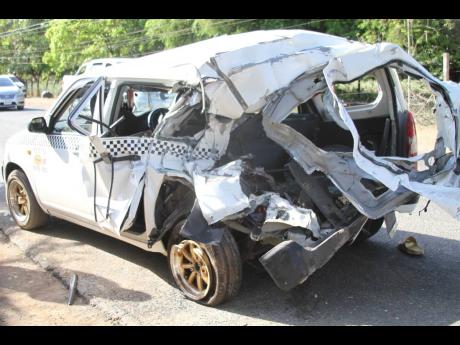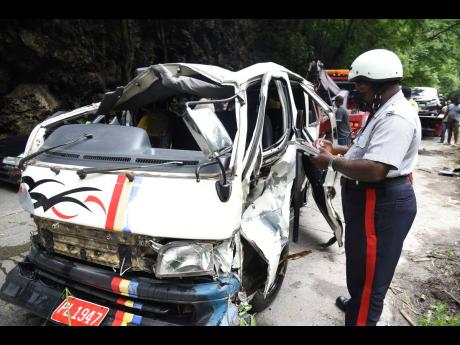Communicate early to prevent accidents
When we communicate to prevent a collision, that is a good sign. Whenever we communicate with or to the other motorist, it is an indication that we believe in road safety. Communication, according to the Oxford Dictionary is about sending messages or information between people and places. The decision to communicate with others helps to reduce the risk in a possible conflict situation.
By communicating, we tell others where we are or what we plan to do. “Drivers can communicate with others in a variety of ways,” says Kanute Haire, of the Road Safety Unit of the Ministry of Transport and Mining. “Use lights, for example, to communicate with drivers, and they should understand what each of the lights mean”
1. Tail lights: These lights tell drivers behind where we are. Having our tail lights on is extremely essential in poor lighting conditions.
2. Parking lights: These lights warn other drivers that we are parked along the side of the road.
3. Brake lights: Drivers behind us will be aware that we are slowing down, stopping or standing still.
4. Back-up lights: When these white lights are on, other drivers know we may be backing up.
5. Emergency flasher lights: These flashing lights let others know our vehicle is disabled.
6. Turn-signal lights: These lights tell others that we plan to turn or change lanes.
7. The high-beam and low-beam headlights: These lights inform others that we are approaching. Flashing high and low beams ask others to dim their high-beam lights, and should not be used to warn others of law enforcement personnel ahead.
8. The horn: A gentle tap of the horn lets other drivers know we are there. So beware, although in an emergency we may need to make a loud blast, but not unnecessary honking.
9. Car position: Where we position our cars in a lane can be helpful to others on the roads. For example, moving toward the centre lane is an indication we may be turning right. Moving towards the left side of the lane warns we may turn left.
10. The eye contact: Whenever there is a possible conflict, observe if that person is looking at you. Eye contact assures the other person that we are aware of him or her. However, it should be noted that eye contact by itself is no guarantee of a safe path of travel. Hands can be carefully used to communicate genuine intentions.
11. The body movement: Our body movements can also be a clue to our actions for other drivers. If we are looking to the right and moving in that direction, we are communicating to the other driver that we are planning to turn right. In some instances, our only action will be to communicate. However, when we do, we should communicate early enough so the other driver has time to carry out the defensive-driving techniques. This may include observing and acting correctly and appropriately in time to avert any possible collision.



